Upcycling in the Kitchen
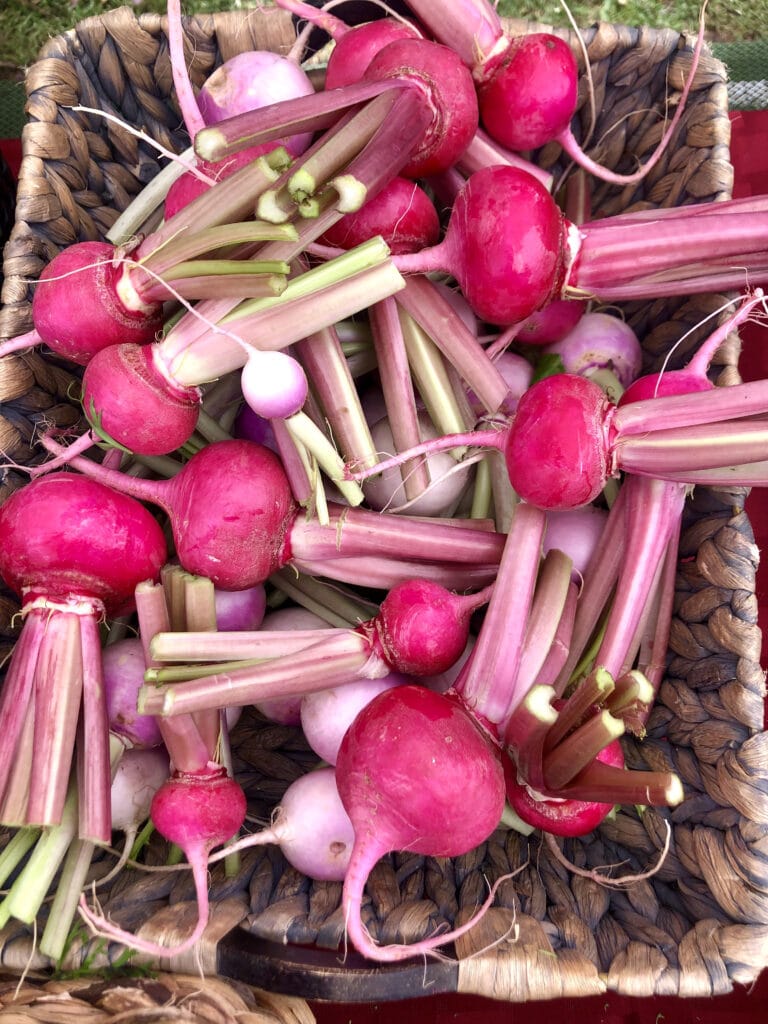
By upcycling food—giving almost wasted food another chance—you can lighten your impact on the planet. Learn how to upcycle food and turn that lost food into edible, nutritious, delicious opportunities.
Nobody intends to waste food, yet 30-40 percent of our country’s food supply ends up as waste, unnecessarily filling landfills and contributing to greenhouse gas emissions. We all know that sometimes even our best efforts don’t always pan out. Efforts to buy just the right amount of fresh produce and other perishables that we’ll use for the week, stocking the freezer and pantry with items with longer storage times, planning meals, shopping with a list, and composting are exactly what we should be doing to minimize food waste, save money, help reduce greenhouse gas emissions, and contribute to a more sustainable food system. (Check out my blog on reducing food waste here). And now there’s another way to continue decreasing the amount of food wasted—upcycling! Got food that you think has to be tossed? Think again! Upcycling turns that soon-to-be-tossed scrap or limp produce into something completely new to eat. Some of us were already brought up doing this as kids, having watched our grandparents and parents repurpose something we no longer wanted to eat on its own, but in tonight’s pesto or tomorrow’s pasta sauce—delicious! Now innovative businesses are on board too, minimizing unnecessary food waste and creating delicious new food products, while working toward a more sustainable food system.

How Upcycling Works
Upcycling involves giving almost wasted food new life. Instead of sending the food scrap or piece of produce to a landfill, where it will release greenhouse gases, such as methane, the item is reused and responsibly put back into the supply chain. This does not only apply to food that has spoiled but can be done with food items that are too short, not bright enough, or oddly shaped, since supermarkets only want perfect looking products to sell to consumers. Without upcycling, all of this spoiled food or imperfect produce would contribute to the one billion tons of food that ends up in landfills each year.
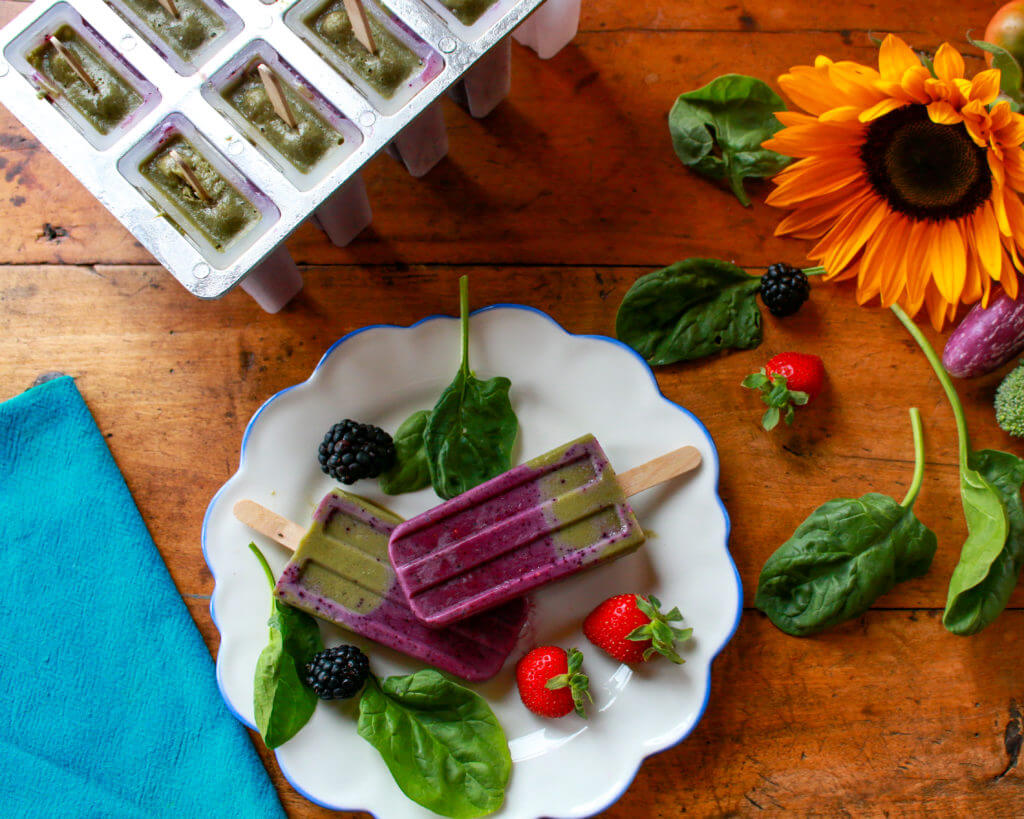
Benefits of Upcycling
Upcycling food does not only help reduce greenhouse gas emissions, it benefits farmers who are able to sell more of their produce to vendors who upcycle. Now vendors have even more creative outlets and upcycled products to turn into new items to offer consumers. Plus, consumers want to help cut back on food waste, which they can do by purchasing upcycled products.
Upcycling helps shift the food system to a more sustainable one that reduces greenhouse gas emissions, deforestation, and pressure on the environment. Upcycling food can also help shift the mindset to do more with less produce and prevent nutritious food from being tossed away.
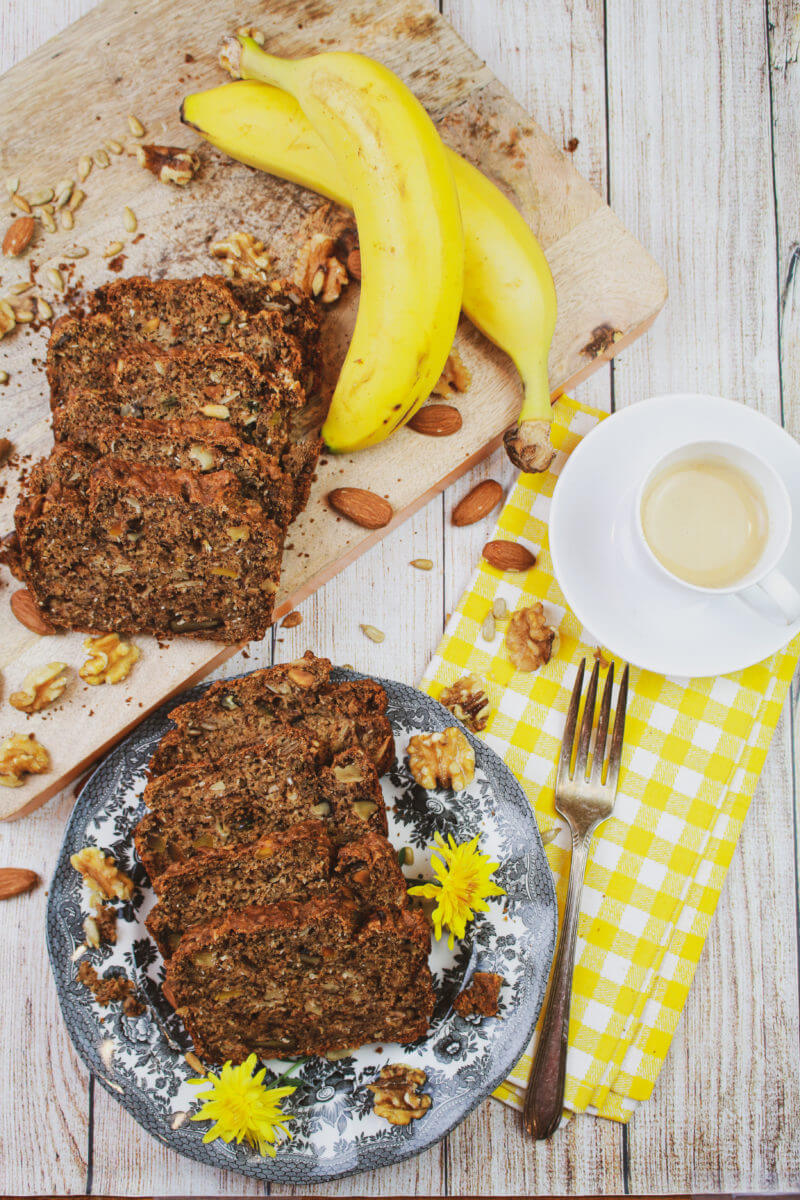
Examples of Upcycling
Lots of innovative companies are out there upcycling foods to reduce carbon footprint. One of the many great examples of a food company upcycling is Barnana, which creates planta chips, banana bites, and cookie brittle from upcycling bananas. Not only is this company reducing food waste, but it is helping farmers sell the majority of their crop and support regenerative agriculture.
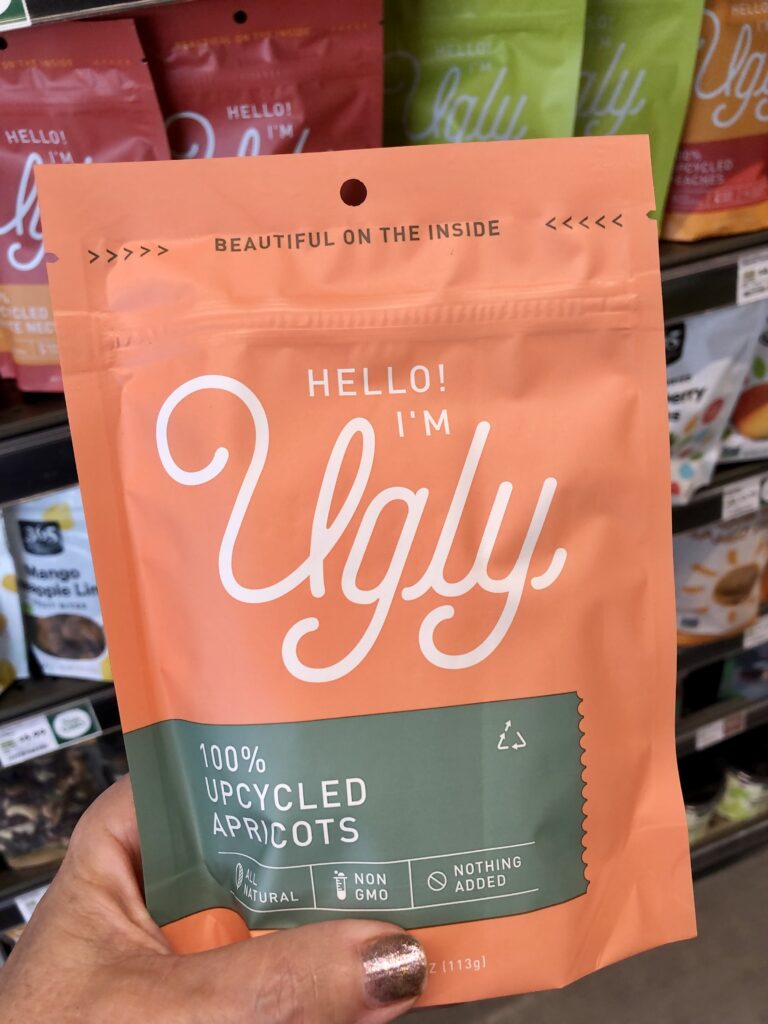
Another example of upcycling was done by a group of students at Drexel University’s Food Lab, when they turned discarded bananas, apples, and potatoes from a supermarket into ice cream, smoothies, and chips. This young group of students are trying to bring their Food Lab ideas to market to continue preventing these items from being wasted and provide consumers with new and tasty products to try.
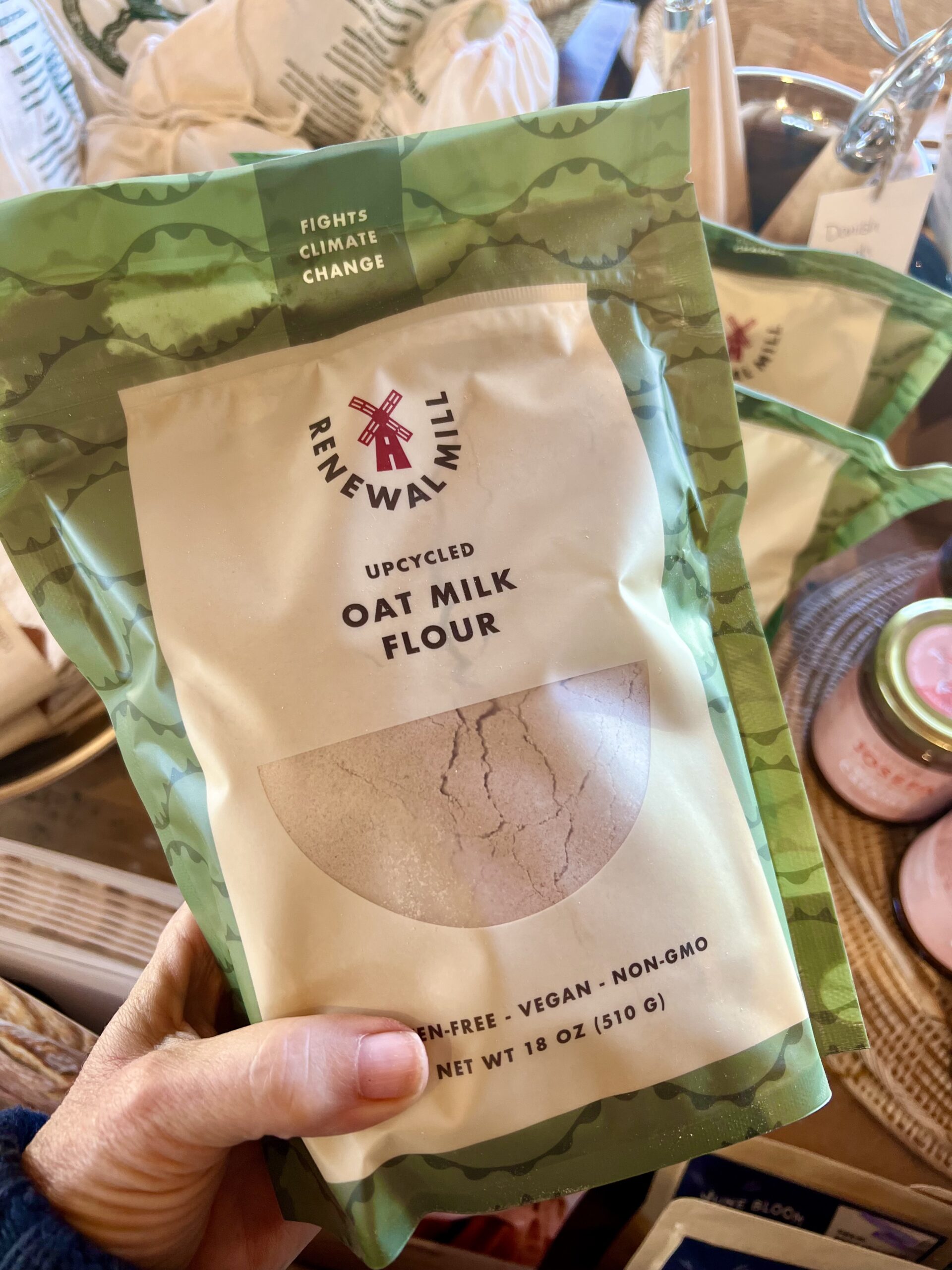
One last example of upcycling done is from Azuri Health, in Kenya, and GIZ, a German development agency, who upcycled overripe mangos into dried mango slices to be sold on the global market.
All of these ideas show the potential of upcycling within the food system and may potentially change how we think about wasted food in the future. You can seek out companies doing upcycling to support them with your food dollars.
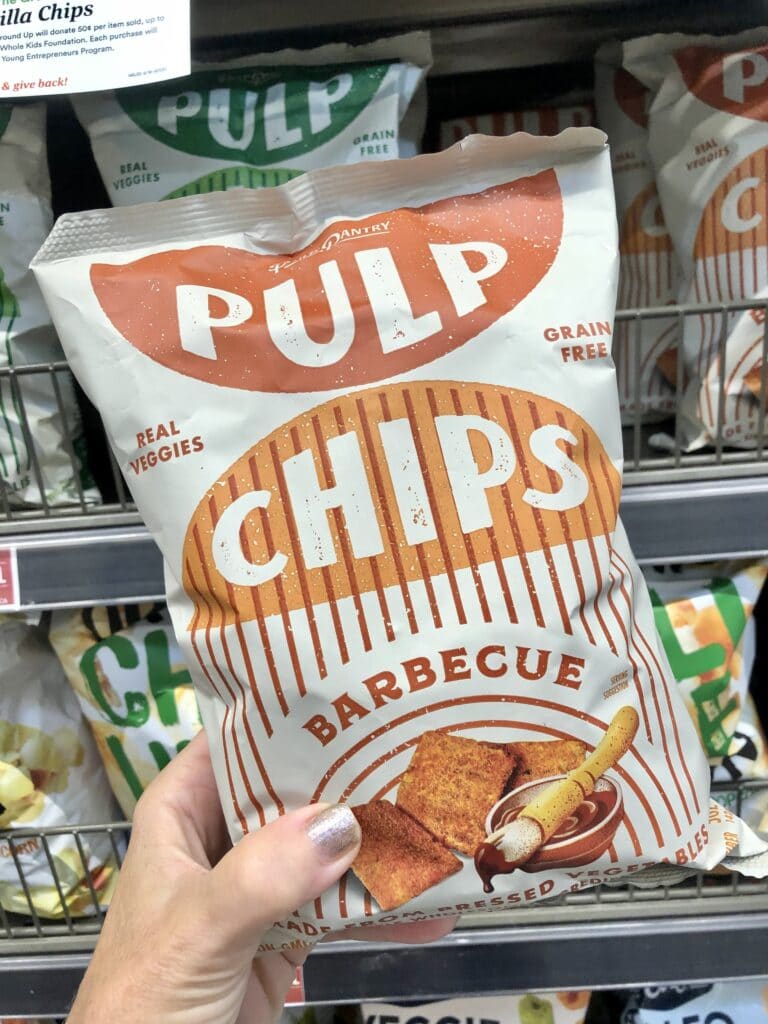
How to Upcycle at Home
Luckily, you don’t have to be part of a company or institution to start upcycling in your own home. One way you can upcycle in your home is by using over ripe bananas to make banana bread, nice cream, or a smoothie. Another way to reuse food before it spoils is drying or dehydrating it to last longer, such as drying apples to make apple chips. Also, you can turn vegetable scraps, such as the leaves of broccoli and carrots and peels from potatoes, into a delicious vegetable broth that can be used to make soups, stews, and chili. If you want to get your children involved with upcycling, let them help make fruit and veggie popsicles with produce that is about to go south. Not only will the kids love the yummy treat, they will have opened up their minds to the possibilities of upcycling food.

Whether you upcycle on your own or support brands that practice upcycling, advocating for the food system to shift to this type of practice will help not only save food from being wasted, but build a sustainable food system that current and future generations can enjoy.
Written by Michelle Naragon, Dietetic Intern with Sharon Palmer, MSFS, RDN
References
Fehling, A. (2016). 5 Cool Ways Food Waste is Getting Upcycled. National Geographic. https://www.nationalgeographic.com/culture/article/5-cool-ways-food-waste-is-getting-upcycled
N.A. (2021). About. Barnana. https://barnana.com/pages/sustainability
N.A. (2021). What is Upcycled Food? Upcycled Food Association. https://www.upcycledfood.org/what-is-upcycled-food
N.A. (2021). What’s Up with Upcycled Food? Brandpoint Hub. https://hub.brandpoint.com/content/preview/1037902


